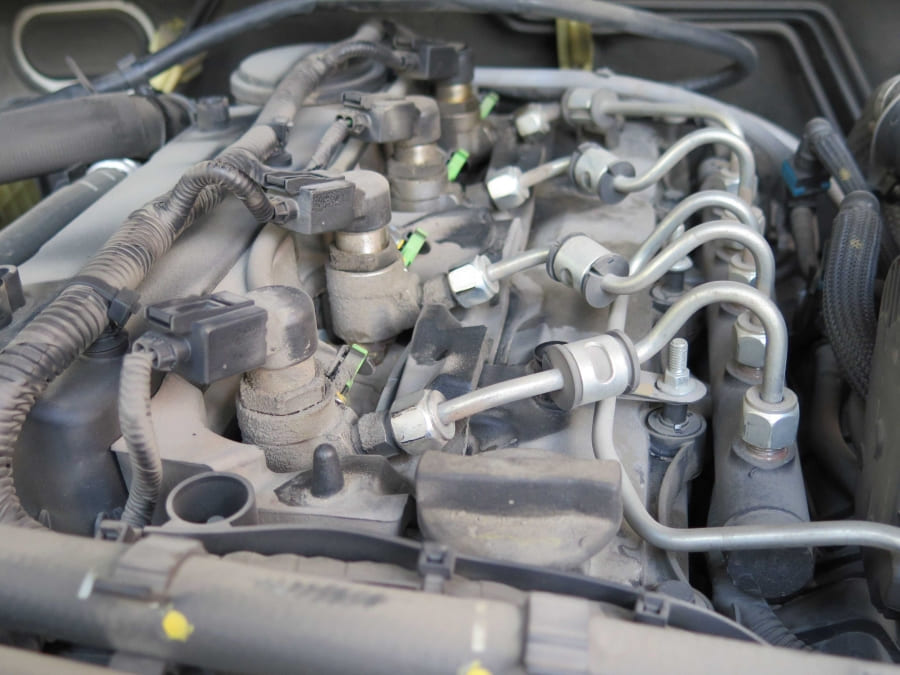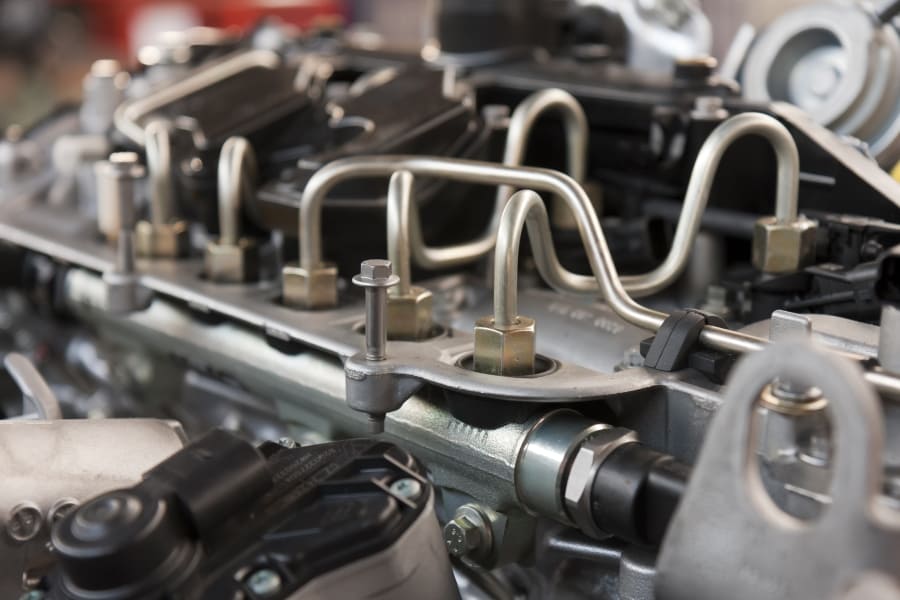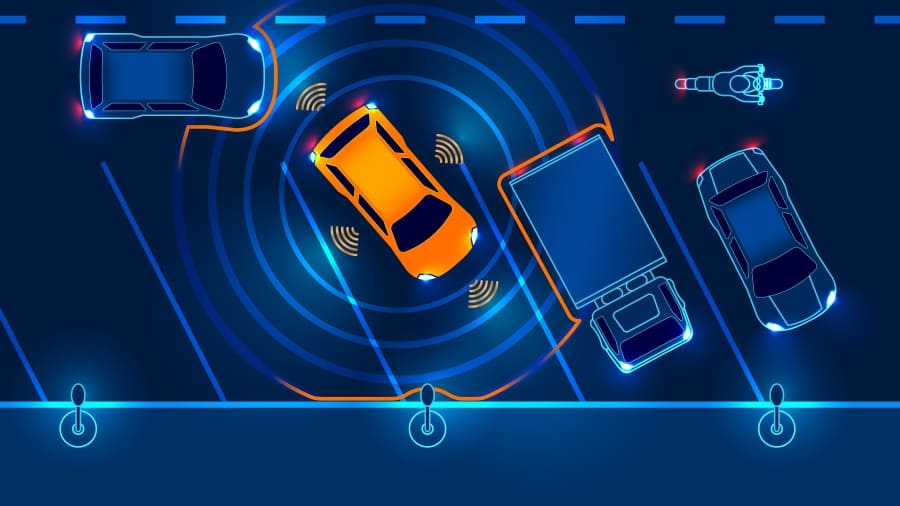
An airbag is a crucial part of a vehicle’s passive safety system. It is a bag made of strong flexible fabric that inflates with gas in case of emergency and cushions the impact of a collision. The Porsche 944, produced in 1987, was the first car to come with front airbags as standard. Today, almost all modern vehicles are equipped with them.
How they work
Sensors installed in the bumper, cabin, and doors detect the moment and force of impact during a collision. A corresponding signal is sent to the ECU, where an electric impulse triggers the propellant. It ignites the gas generator, which consists of potassium nitrate and sodium azide. As a result, a reaction takes place and nitrogen is released, making the airbag inflate in 0.3 seconds. An airbag will only be deployed when the speed of the car at the time of the collision is equal to or above 20 km/h. This is in order to reduce the risk of injuries in minor road traffic collisions.
The ECU can be programmed with different airbag triggering algorithms. The vehicle’s speed and deceleration are taken into account, as well as the weight and position of the passenger. For instance, the system may not activate if the seat belt is not fastened. In addition, it can be switched off when transporting a child seat in the front passenger seat.
Types of airbag
- Front: these are installed in the centre of steering wheel for the driver and in the dashboard for the front passenger.
- Side: these airbags are mounted in the back of the front seats. They give protection to the chest, abdomen, and pelvis from front and side impacts.
- Curtain: these are installed in the cabin roof or between the centre pillars. They prevent head injuries.
- Central: these airbags are located between the driver and front passenger.
- Knee: these can be found under the steering wheel and glovebox. This type is mostly found in luxury cars.
- Pedestrian: these are installed in the front of the car’s body and minimise injuries in case of collision with a pedestrian.








Comment